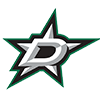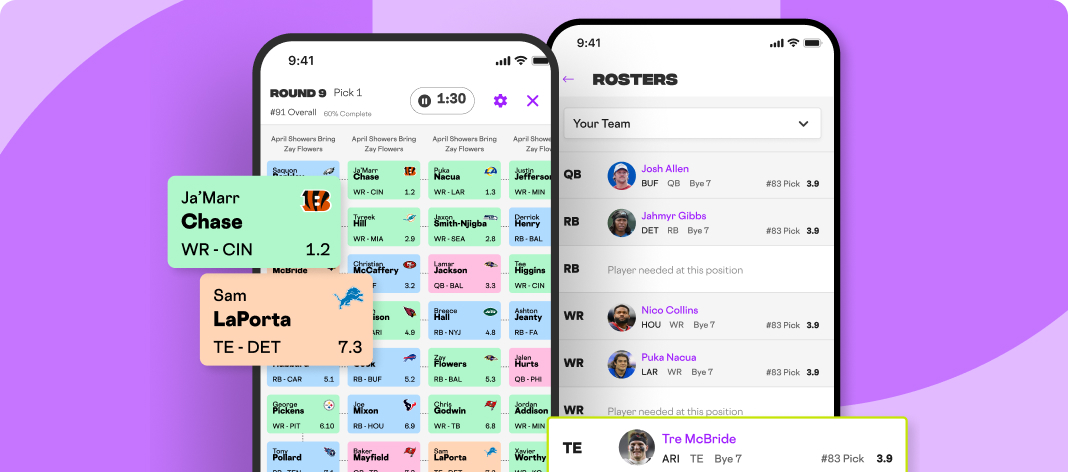Injuries seem to be more prevalent in today's NBA than ever before, with certain players missing games due to precaution, rest or long-term approaches by franchises. The NBA injury report is seemingly never-ending, and that also means certain players will end up as game-time decisions (GTD), which can be headache-inducing for fantasy basketball managers trying to set up lineups.
Game-time decisions mean that fantasy basketball managers will have to pay close attention to NBA starting lineups right up until tipoff to make sure they aren't stuck with empty roster spots during critical times. We'll dive into what game-time decisions are and how fantasy basketball managers can put themselves in the best possible spot to manage this sometimes difficult situation.
What Does GTD Stand For in Fantasy Basketball?
GTD stands for game-time decision, meaning when a player has a nagging ailment or injury, oftentimes they will test out it in the hours leading up to tipoff. It's essentially a coin flip whether that player will participate in the game, and fantasy basketball managers will only know about their status minutes before tipoff.
In an era of extra caution and rest, game-time decisions are popping up more frequently than ever. It's common for one or two players each night to receive a GTD tag, meaning fantasy basketball managers will need to pay close attention to updates on a player's status or be stuck with zeros across the board in that slot, if the player sits out. GTD situations are frustrating but are becoming commonplace for all managers, so it's important to pay attention each night before your players are in action. RotoWire's fantasy basketball draft kit can help you pinpoint injury-prone players who may wind up missing more time than others.
How Game-Time Decisions Impact Fantasy Basketball Lineups
Fantasy basketball managers select players in their NBA fantasy draft assuming they're going to be active in the majority of games. When that's in question, it requires managers making quick decisions or rolling the dice on lineup choices. The downside is keeping a player in your active lineup who doesn't play, meaning you'll get zero stats from that position while someone on your bench racks up stats. That may seem small, but it could make the difference between a win and a loss in weekly leagues.
There are instances where fantasy basketball managers won't be able to make quick changes to their lineup, so they may want to go with a safer option and just keep a player with a GTD tag on their bench. Of course, if that player winds up playing, you'll likely have better stats sitting on your bench. It's a tricky balance, but one that can pay off if you're diligent. It's good to pay attention to expected games played when filling out your NBA fantasy draft cheat sheet if you don't want to deal with a lot of GTD players.
Best Strategies for Managing GTD Players in Your Fantasy Team
Unfortunately there's a lot of labor involved with managing players who are listed as game-time decisions. One solid strategy is to check RotoWire's NBA projections and see if the player of interest has zeros listed. You can also turn on notifications about player statuses so you always get the latest updates on players who may or may not be playing.
Of course, one school of thought is to drop down players who often sit or are injury-prone in your fantasy basketball rankings. It's impossible to predict injuries, of course, but certain players are bound to show up more often than not, based on their history. You can look at games played by players over the last few years and draft players who are projected to play 70+ games.
The state of fantasy basketball means you'll need to deal with game-time decisions. The good news is that fantasy basketball managers who subscribe to RotoWire will get the quickest updates on the status of players each night. You'll be able to change your roster in real-time and make sure you rack up the biggest stats from the best, active players on your team.

























